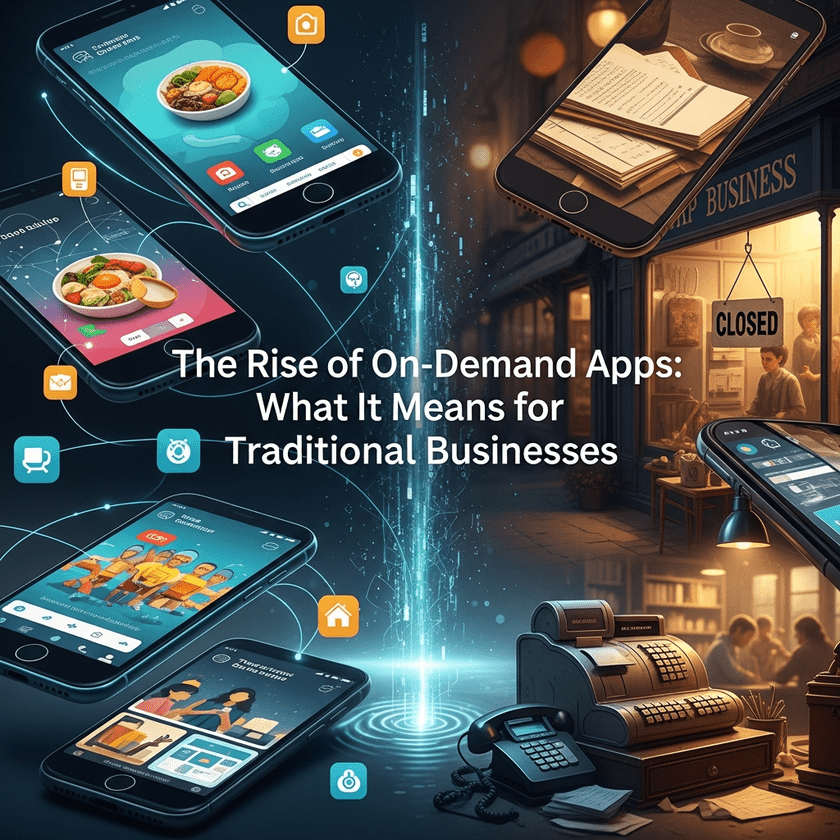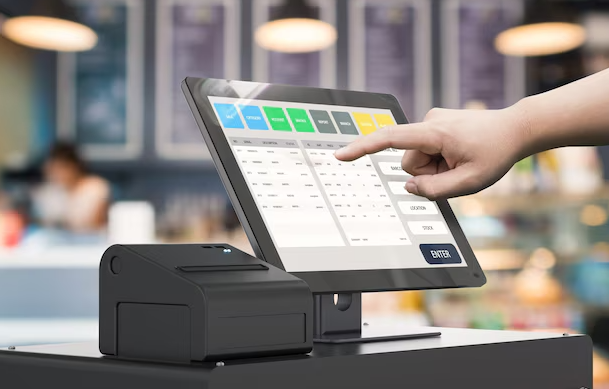The United States remains the world’s most competitive mobile app market, with millions of apps vying for user attention across every category imaginable. From fintech to fitness, from food delivery to enterprise software, US consumers expect more from apps than ever before. They demand elegance, speed, clarity, and emotional connection. In such a crowded landscape, one truth has emerged repeatedly: products win or fail not because of features alone, but because of how those features feel. This is why UX design—not marketing, not technology, and not branding—has become the single biggest factor determining mobile app success in the US market. Great UX defines first impressions, long-term engagement, and user trust. Poor UX, on the other hand, drives uninstalls faster than any bug or pricing issue.
For founders building through platforms like Idea2App, understanding how UX influences growth in the US market is critical. American users are unforgiving with clunky experiences, expect immediate value without friction, and switch brands effortlessly when dissatisfied. This blog explores the deep role UX plays in shaping an app’s success and what startups should focus on to stand out in 2025 and beyond.
2. UX as the First—and Most Important—Touchpoint
2.1 The First 10 Seconds Determine Whether a User Stays or Leaves
The US audience has very low tolerance for confusion. The first screen, the first tap, and the first interaction must clearly communicate what the app does and why the user should stay. Modern American users evaluate apps instinctively—if the UI looks outdated, if the text feels cluttered, or if the navigation is unclear, they leave before even exploring deeper features. UX in the US is therefore a strategic tool: it forms the critical emotional connection that convinces users the app is worth their time.
2.2 Clean Visual Hierarchy Improves Trust
US users associate clean design with professionalism. Apps that look disorganised feel unsafe, unreliable, or low-quality. A well-designed UX emphasises readability, spacing, structured content, and consistent visual flow. When these elements align, users trust the product more—even before understanding its full functionality. This psychological effect is what allows visually polished apps to outperform competitors with better—but poorly presented—features.
3. Personalisation Has Become Non-Negotiable in the US Market
3.1 US Users Expect Apps to Adapt to Them Instantly
American users want apps that understand their context, preferences, location, purchase behaviours, and usage patterns. They expect personalised recommendations, tailored onboarding flows, and customised dashboards. Without personalisation, apps feel generic and impersonal, reducing user engagement dramatically.
Also Read: Android app development company
3.2 Behaviour-Driven UX Increases Retention
Apps in the US now rely heavily on AI to analyse behaviour and adjust UX in real time. Navigation shortcuts appear based on previous actions. Content reorganises based on user intent. Even notifications adapt to patterns the system learns over time. A dynamic UX that evolves with the user elevates satisfaction, reduces cognitive load, and encourages long-term loyalty.
4. Simplicity Wins: The US Market Rejects Complexity
4.1 Users Should Never Have to Think or Guess
Cluttered interfaces and complicated flows are quick dealbreakers. The US mobile audience values simplicity: fewer steps, fewer clicks, fewer decisions. Apps that simplify workflows—such as one-tap ordering, instant sign-ups, auto-complete forms, and minimal input requirements—outperform more complex apps consistently.
4.2 Micro-Interactions Guide Users Naturally
Good UX communicates through motion, transitions, and subtle cues. When users scroll, drag, tap, or swipe, the app should respond instantly with meaningful micro-interactions that guide them forward. These details make apps feel smoother, smarter, and more intuitive—qualities US users prioritise above all else.
5. Accessibility Is Now a Core Requirement, Not a Feature
5.1 US Apps Must Comply with Accessibility Standards
The US has strict accessibility expectations influenced by ADA compliance and inclusive design principles. UX must consider:
Text readability
Color contrast
Voice support
Navigation for limited mobility
Screen reader compatibility
An app that excludes any segment of users risks negative reviews, legal issues, and weakened brand credibility.
5.2 Inclusive UX Builds Bigger Audiences
Accessibility isn’t just a requirement—it’s a competitive advantage. Apps that embrace inclusive UX automatically appeal to broader audiences and deliver better usability overall. Inclusive design strengthens brand identity and demonstrates cultural responsibility in the US market.
6. Speed and Performance Are UX Features
6.1 US Users Expect Every Screen to Load in Less Than 2 Seconds
Even if the UI is beautiful, slow performance destroys UX quality instantly. American users abandon slow apps without hesitation. They are accustomed to near-instant digital responses, and delays—even tiny ones—break flow and cause frustration.
6.2 Optimised UX Aligns Visual Design with Technical Performance
Lightweight animations, pre-cached assets, efficient transitions, and optimised API calls all contribute to fast and fluid interactions. A high-performing UX feels alive and effortless. For US users, performance is not separate from UX—it is UX.
7. Emotional UX: The Hidden Engine of User Loyalty
7.1 US Consumers Connect Emotionally with Brands
Apps like Airbnb, Uber, Spotify, and Duolingo became household names not because of their features, but because of the way they made users feel. Emotional design—friendly messaging, rewarding animations, community energy, colourful interactions—creates memorable experiences.
7.2 Storytelling Through UX Enhances User Attachment
UX can express personality through typography, tone of voice, iconography, color palettes, and user journeys. When apps communicate with character and human warmth, users build familiarity and trust. This emotional connection differentiates good apps from iconic ones.
8. Continuous Improvement: The US Market Favors Apps That Evolve Fast
8.1 UX Is Never Finished
Top US apps update UI and UX elements regularly based on analytics, user feedback, and A/B testing insights. Successful products continuously ask:
Where are users dropping off?
Which flows cause confusion?
Which screens reduce engagement?
What new design patterns improve clarity?
UX iteration is not optional in the US market—it is the foundation of product survival.
8.2 Data-Driven Design Defines Winning Apps
UX teams analyse:
Heatmaps
Session recordings
Conversion funnels
Behaviour patterns
Insights from this data shape better experiences, reduced friction, and improved user satisfaction. American users expect apps to grow with them and respond to their needs rapidly.
Final Thoughts
The US market is one of the most demanding environments for mobile apps. Users expect immediate clarity, seamless interaction, intelligent personalisation, emotional connection, high performance, and continuous improvement. UX design is no longer an aesthetic exercise—it is a business strategy that influences brand trust, retention rates, user satisfaction, and long-term revenue.
For startups building with platforms like Idea2App, investing in strong UX from the beginning is essential. An app can have powerful features, exceptional technology, and a unique idea—but without great UX, none of it matters. In the United States, UX defines winners, and UX exposes failures. The brands that understand this reality will shape the next generation of digital experiences. As an app development company, we are here to help you.






